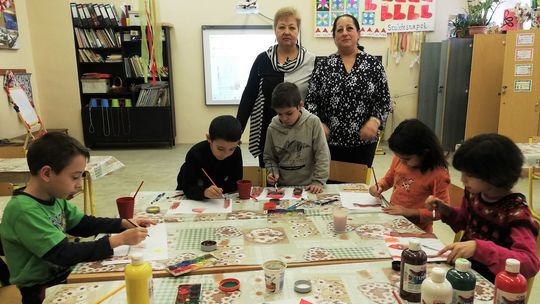The very long story of the police brutality against Roma in Košice which started in 2009 and saw Roma who had sued the police being brought to court is finally coming to an end. The European Court of Human Rights who had condemned Slovakia in the process awarded 20’000 EUR to each of the Roma.
At long last!
- V kauze brutálnej policajnej šikany Rómov v Košiciach rozhodol ESĽP, každý z chlapcov dostane odškodné 20-tisíc eur. In: 24 Hodin. 09.02.2023. https://www.24hod.sk/v-kauze-brutalnej-policajnej-sikany-romov-v-kosiciach-rozhodol-eslp-kazdy-z-chlapcov-dostane-odskodne-20-tisic-eur-cl783216.html
